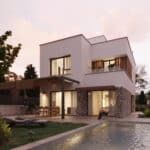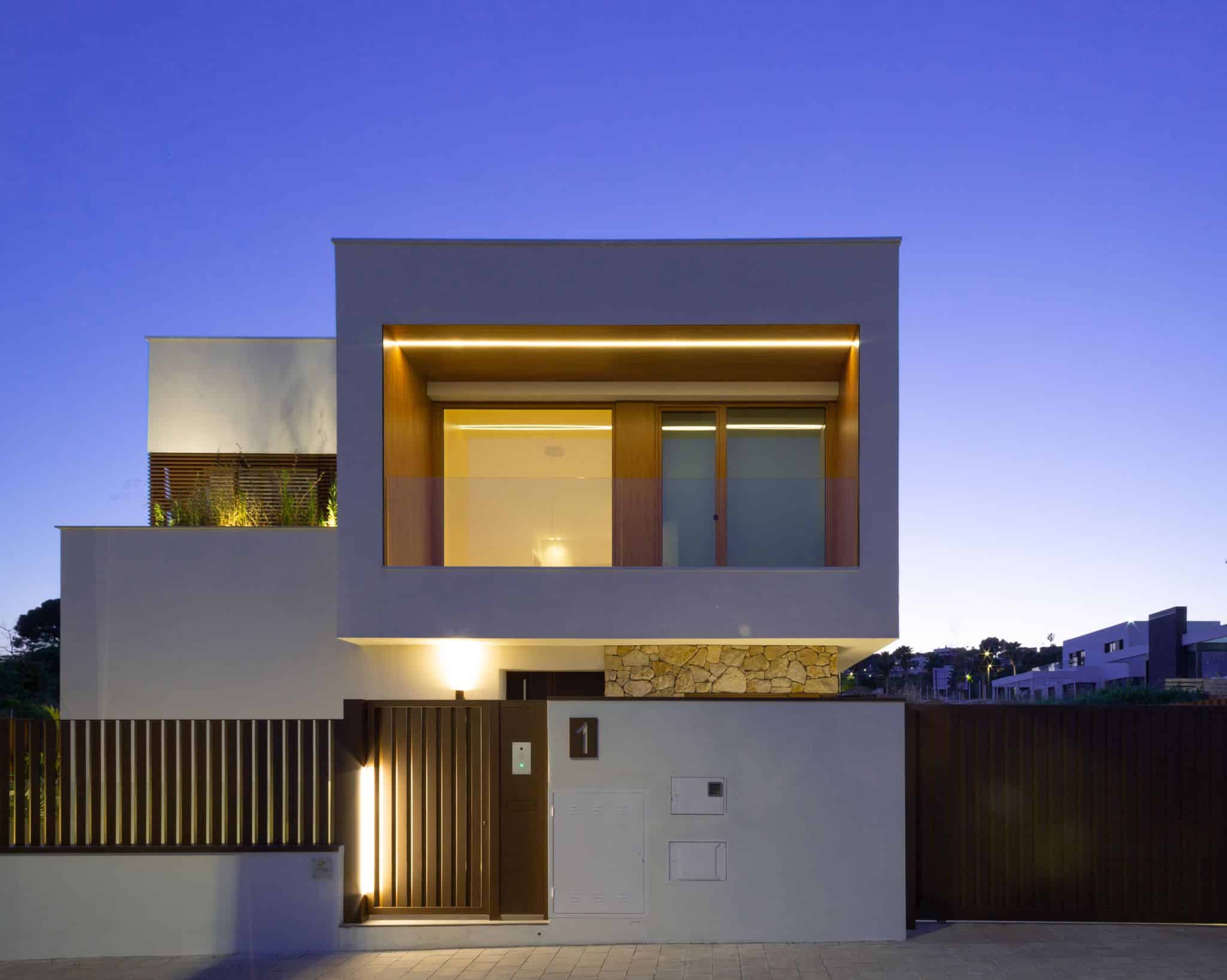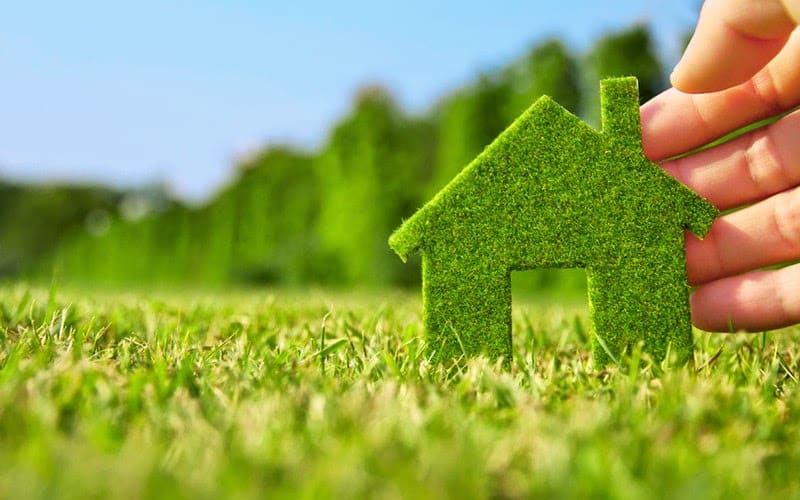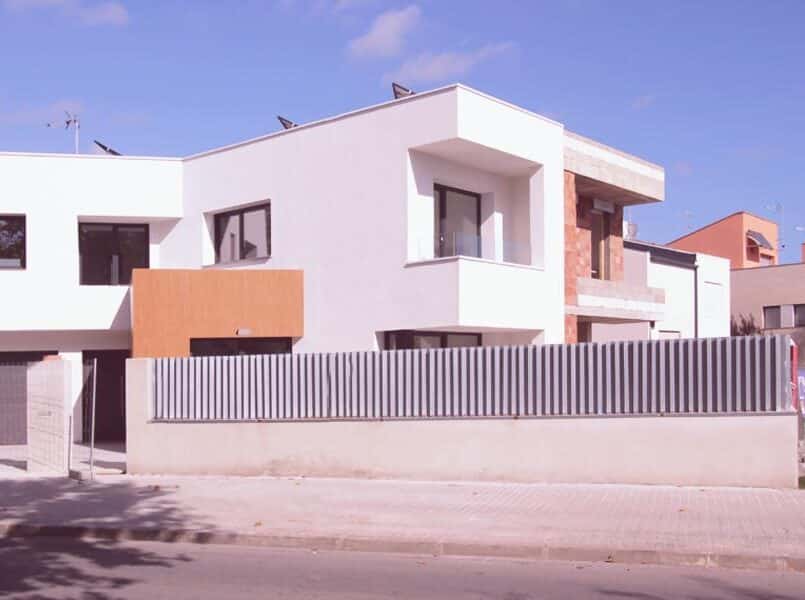The un climate change conference in glasgow and passivhaus dwellings
The UN Climate Change Conference in Glasgow is front-page news and is on everyone’s lips. But what exactly is this about? Let’s see the connection between the Glasgow Conference and Passivhaus dwellings…
COP26 is the International Summit on Climate Change which is held every year by the United Nations. Its main goal is fighting global warming by engaging the signatory countries. On a large scale, the goal is for the almost 200 countries making up the world to reduce their emissions in order to prevent the catastrophic greenhouse effect consequences.
But what if we are not country delegates or ministers and we are not the ones deciding the steps to be taken? Or what can we do if the country where we live does not take over a sufficient restrictive commitment, but we want to make a positive impact? Whether big or small, every gesture, counts. With this in mind, what can we architects do to cut down emissions and contribute to a more sustainable future? The Glasgow Conference and Passivhaus dwellings have a lot more in common than you might imagine.
This is one of the most important data that corroborates it: in Spain, construction is responsible for one third of CO2 emissions. Besides, did you know that we spend 90% of our time indoors?
Getting on with it
In order to get on with it, at SGarq we stand for the Passivhaus standard for all our architectural operations, whether new construction or renovation ones.
This means a win-win situation both for the planet and our customers. And how do we achieve that? By means of energy-efficient buildings where minimum energy demand and great interior comfort are secured. To that end, our projects are devised with the idea of using minimum energy and trying to get it from renewable sources from the very beginning. With these fundamentals, we do not only reduce the energy needed but also emissions released.
To reach appropriate comfort conditions, we improve the envelope’s design of the buildings, look for the best orientation, improve insulation, exhaustively supervise the works to avoid or minimise thermal bridges, and install sun protections for summer and heat recovery units for winter. These are the so-called “passive” measures, since the construction itself helps us to reach an indoor temperature which is very close to the comfort needed as human beings. In order to ultimately achieve the appropriate conditions, we add “active” measures which use heating and cooling installations as support. The key to reduce energy demand is using the necessary tools to know what the building’s accurate energy use is and properly device the building’s constructive components and installations.
We as architects take the extreme climatic situation very seriously because we know how we construct and how we live was and is a critical factor. Our position enables us to directly be involved through our way of working, constructing and educating both user and authorities responsible for regulations to be applied when devising an architectural project.
We have the ability to produce a major shift. As we said before, this is a win-win situation: we can reduce energy demand and emissions while, at the same time, live better.
Would you like to join us and make a more sustainable future?










